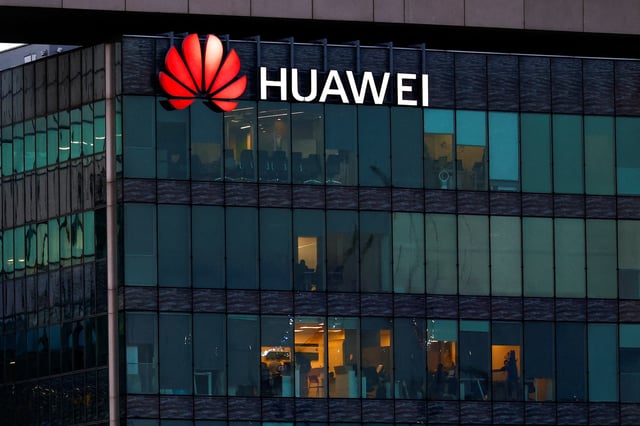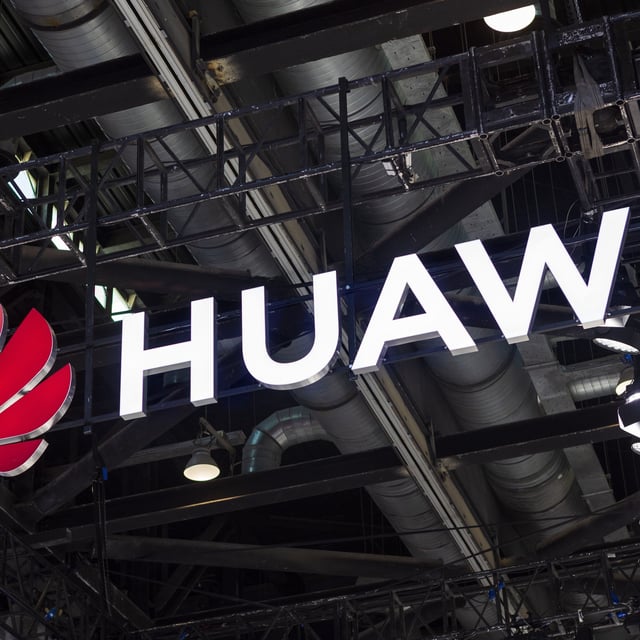Overview
- Ren Zhengfei acknowledged Huawei’s chips remain one generation behind U.S. counterparts but said performance gaps can be bridged with chip-stacking, cluster computing and non-Moore’s law methods.
- He said Huawei invests about 180 billion yuan annually in research, allocating roughly one-third to theoretical studies aimed at driving semiconductor breakthroughs.
- Ren’s comments ran on the front page of People’s Daily as U.S. Commerce Secretary Howard Lutnick and Chinese officials resumed London talks focusing on export restrictions.
- The U.S. Department of Commerce issued guidance warning that any global use of Huawei’s Ascend AI chips could violate export controls.
- Chinese firms are increasingly adopting open-source chip designs like RISC-V and exploring compound chip approaches to lessen reliance on U.S. technology.



